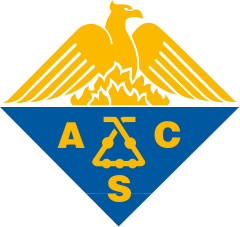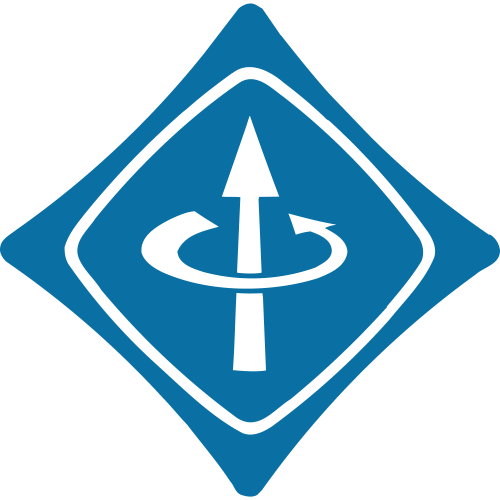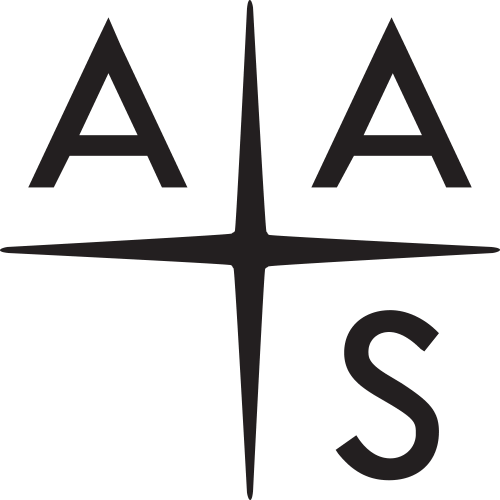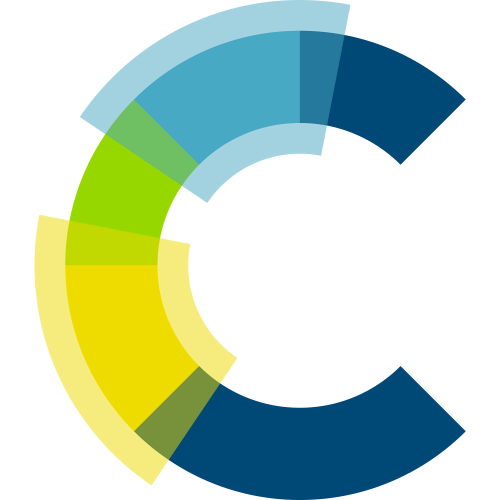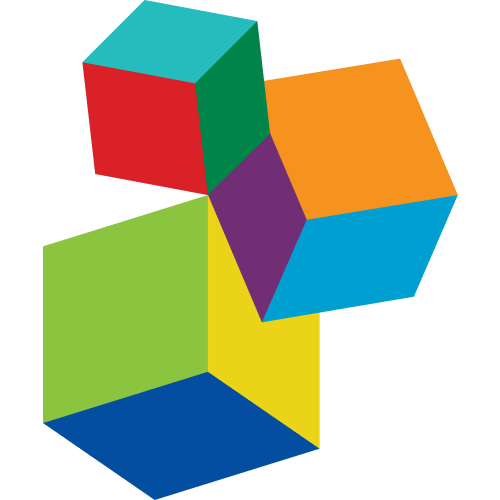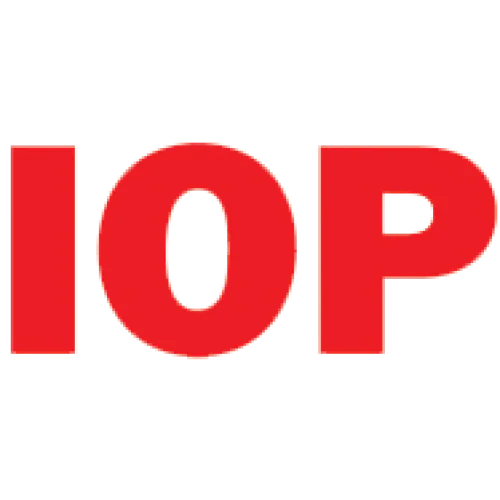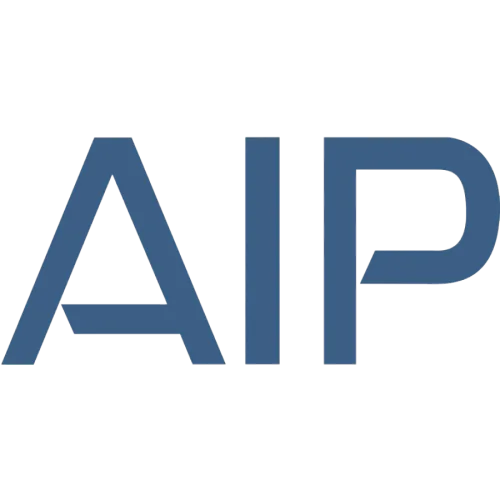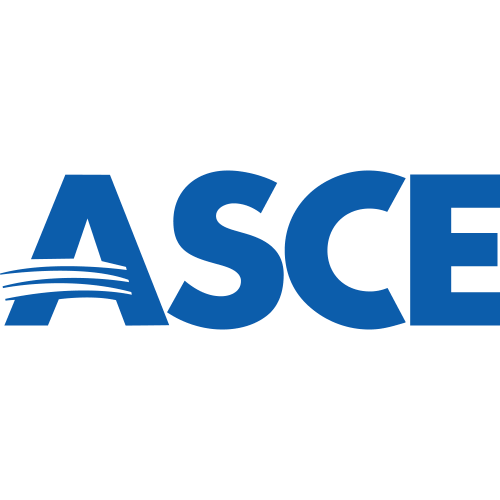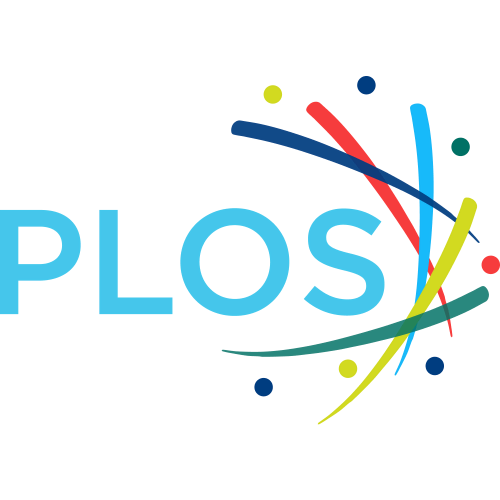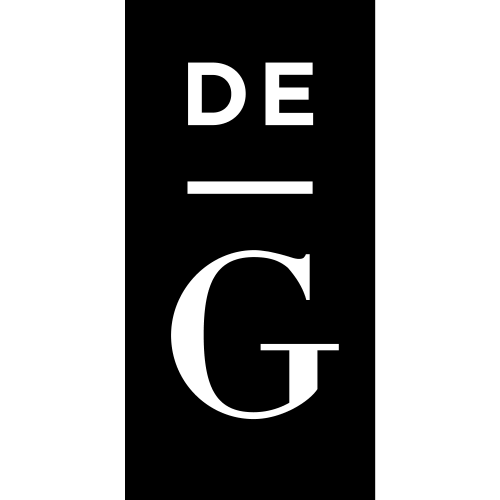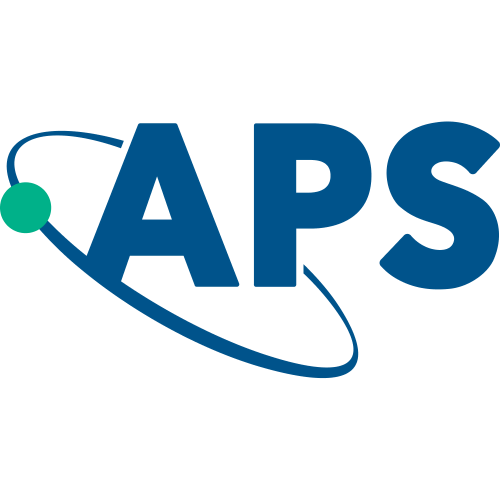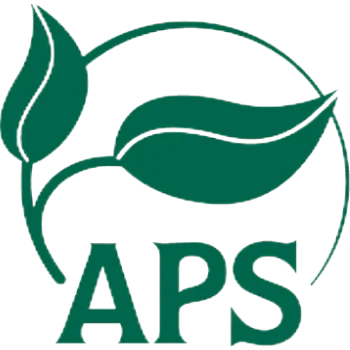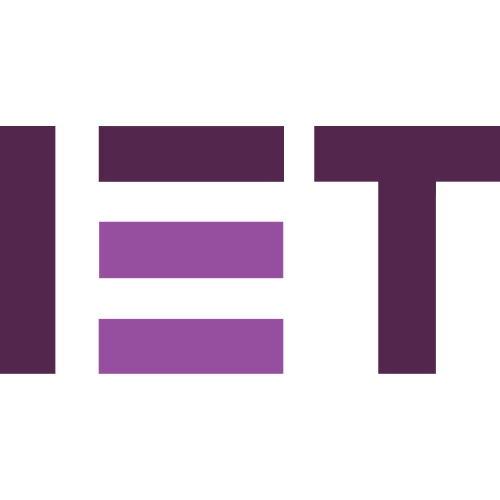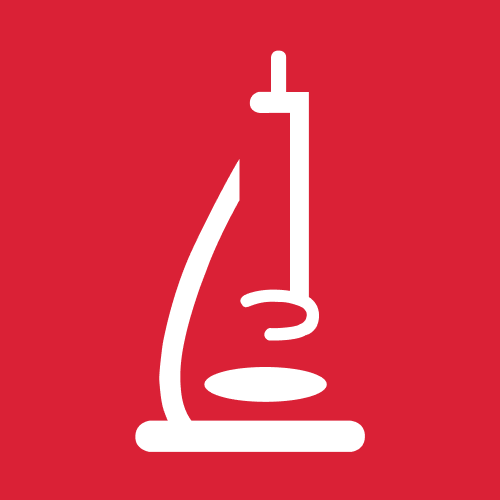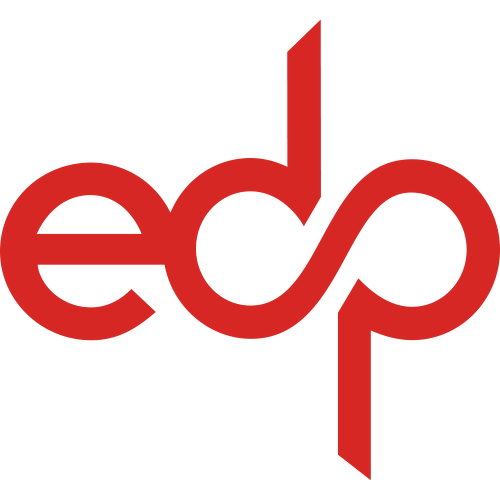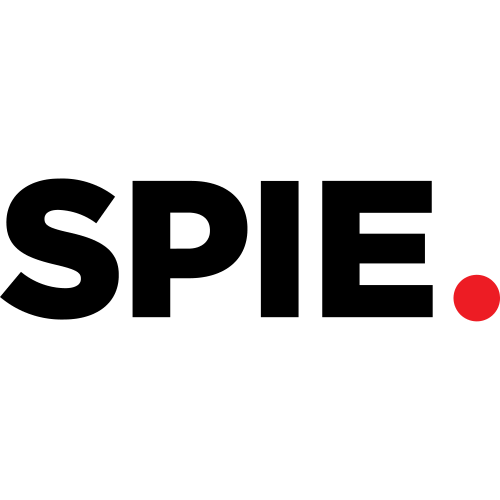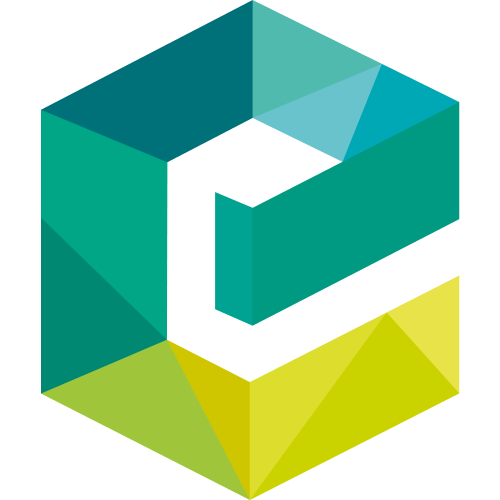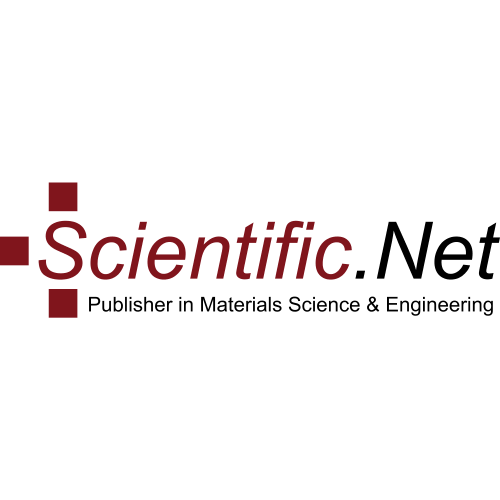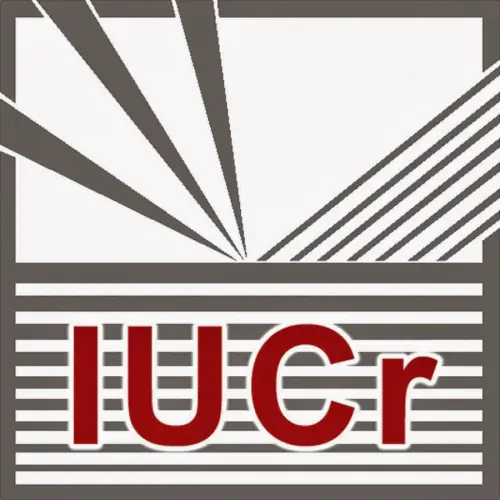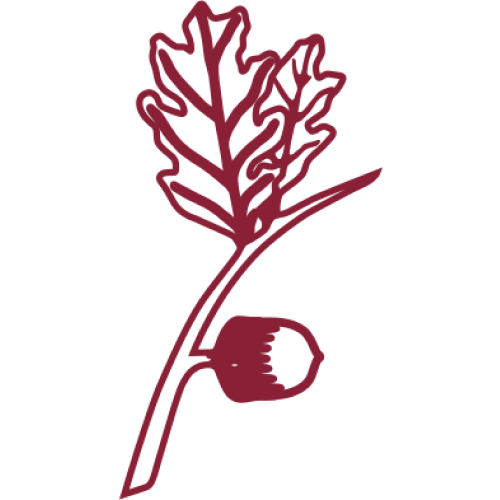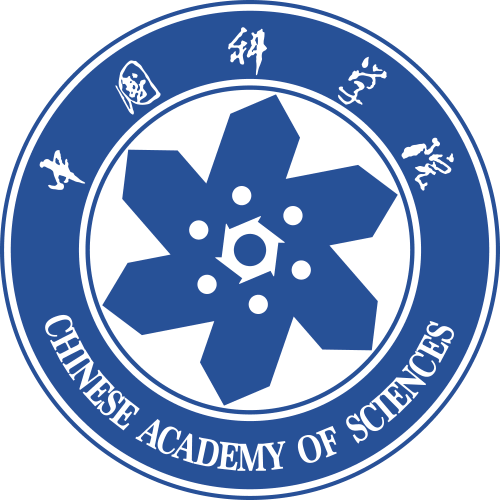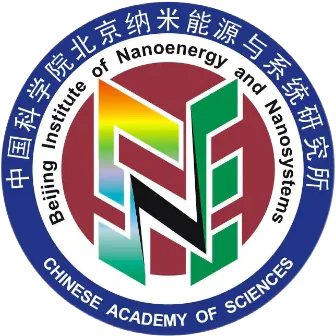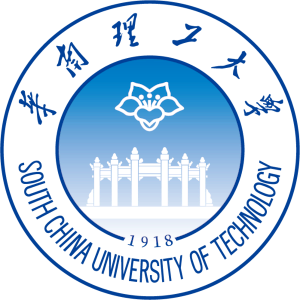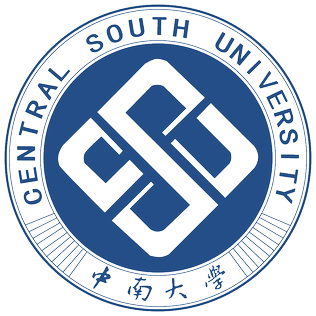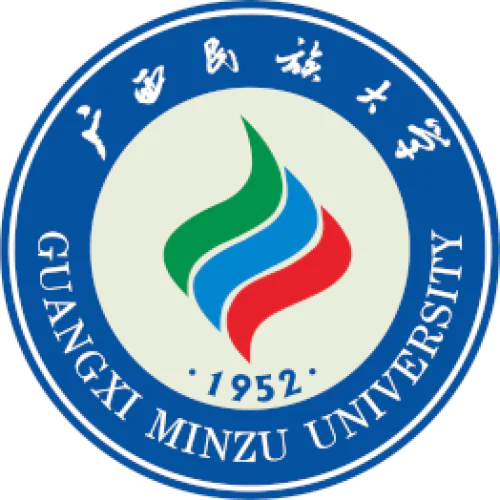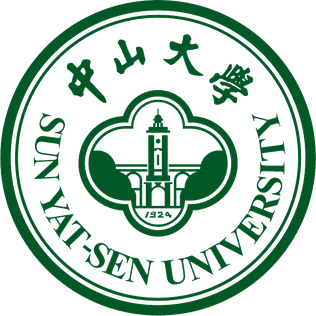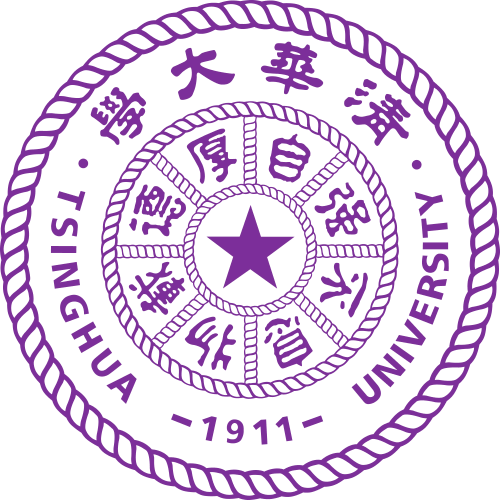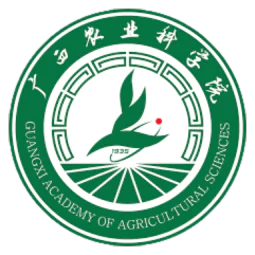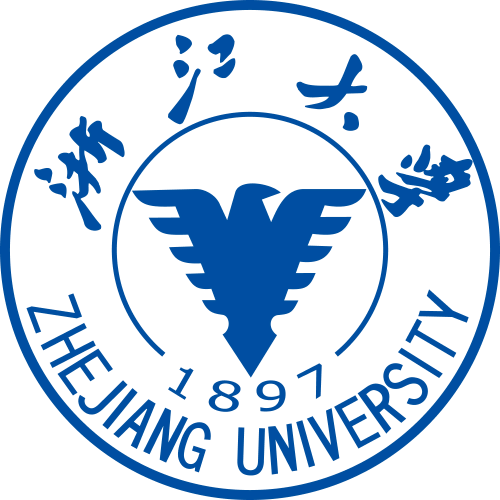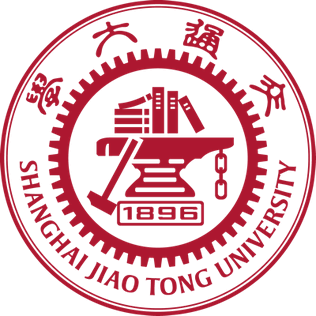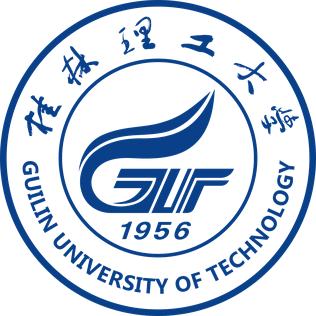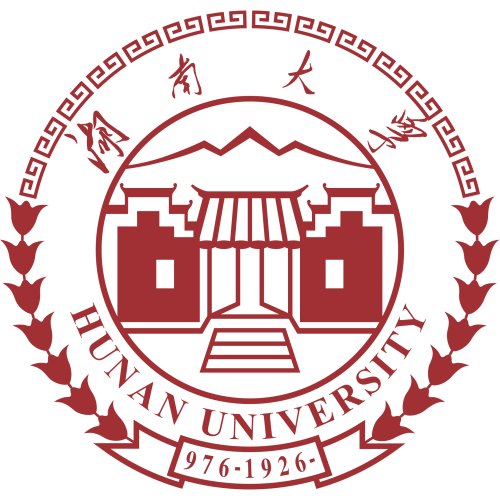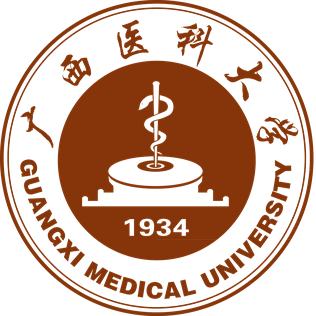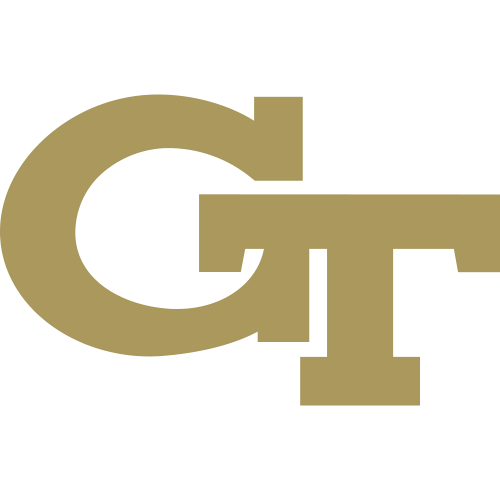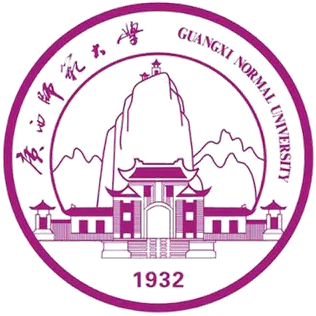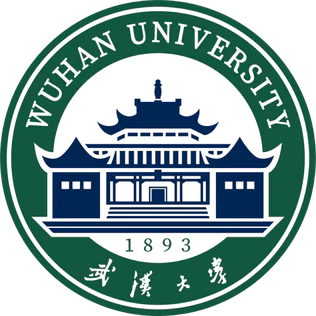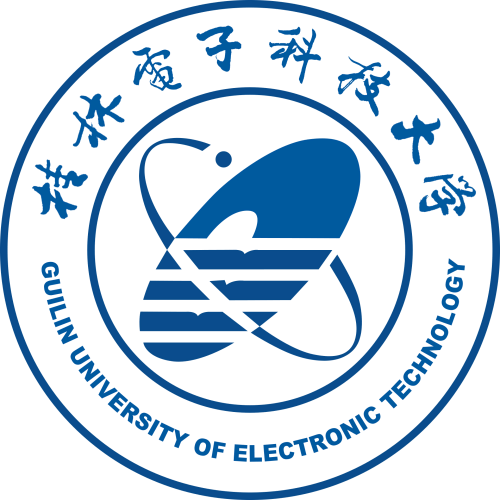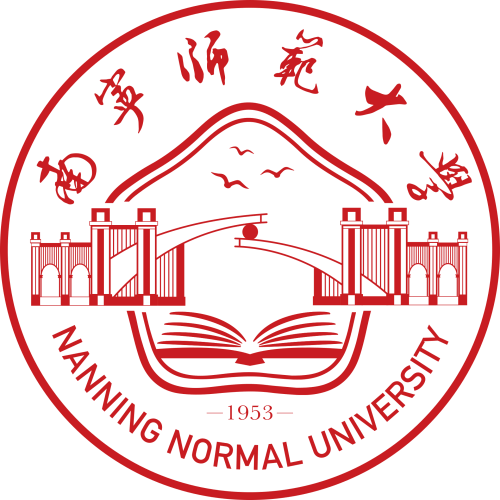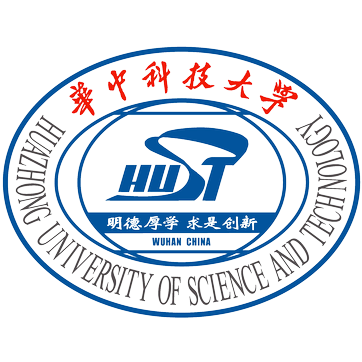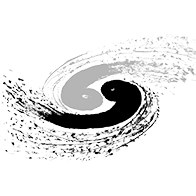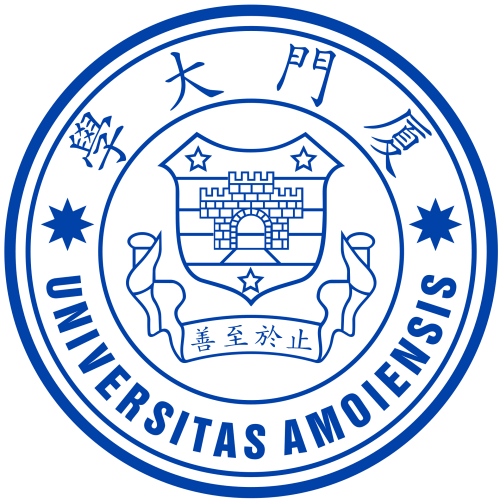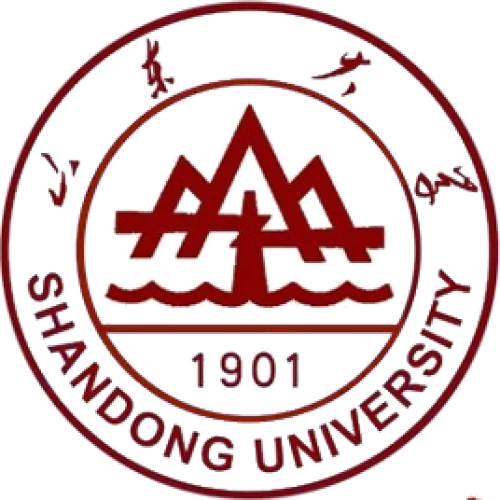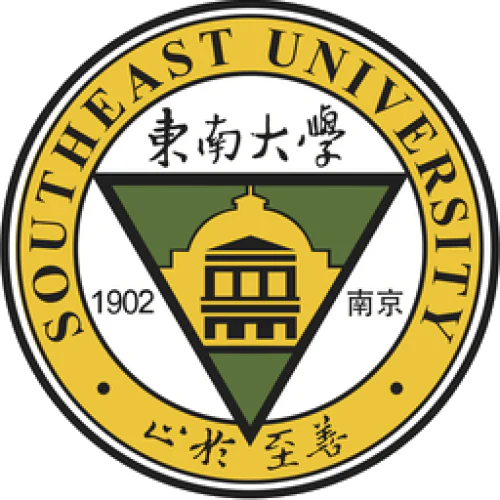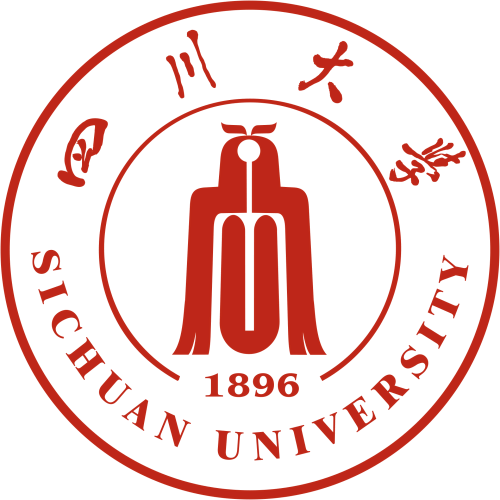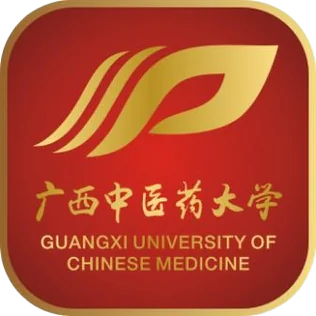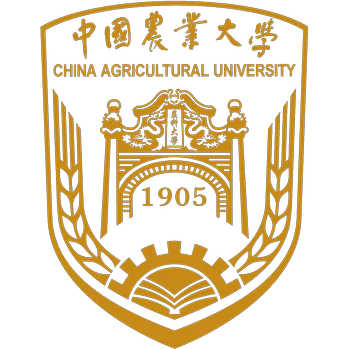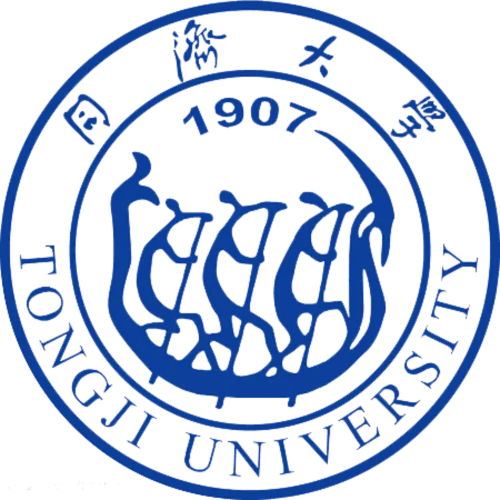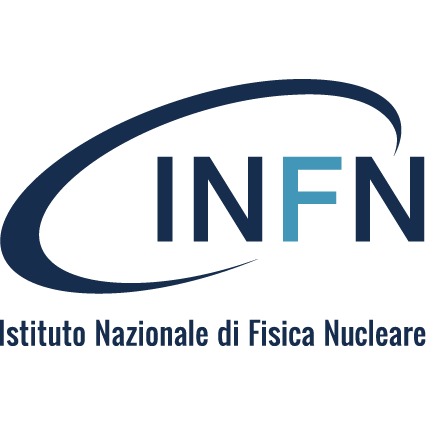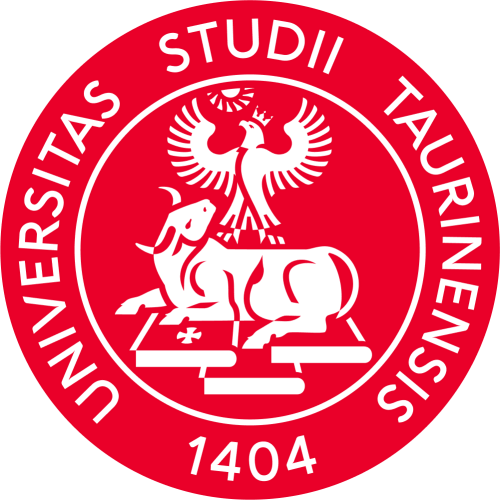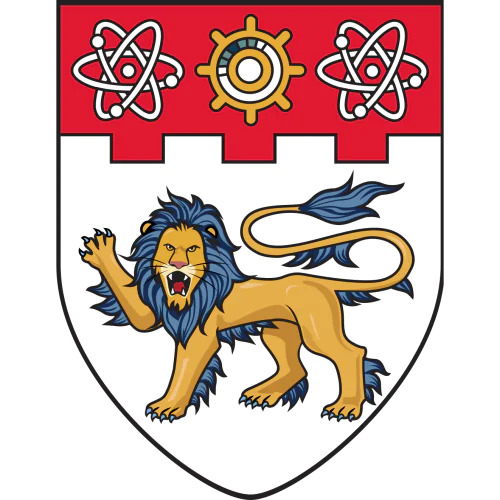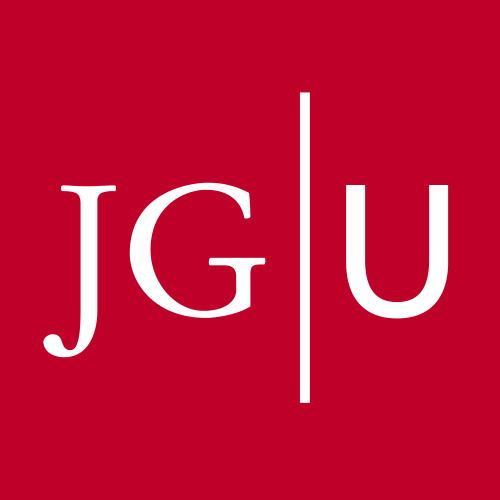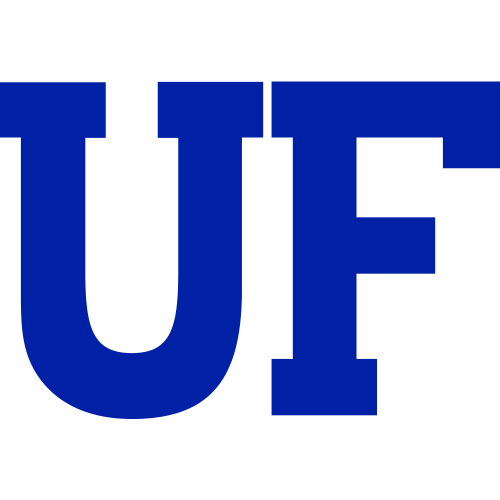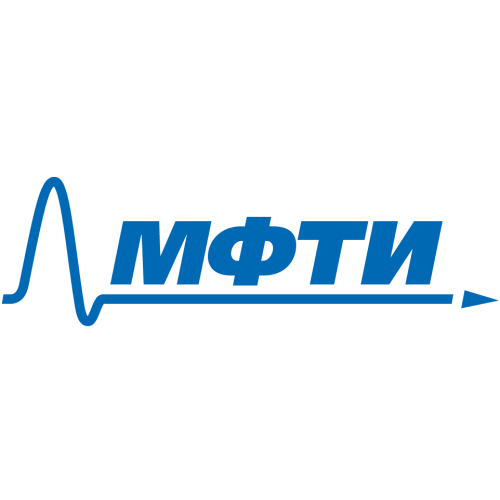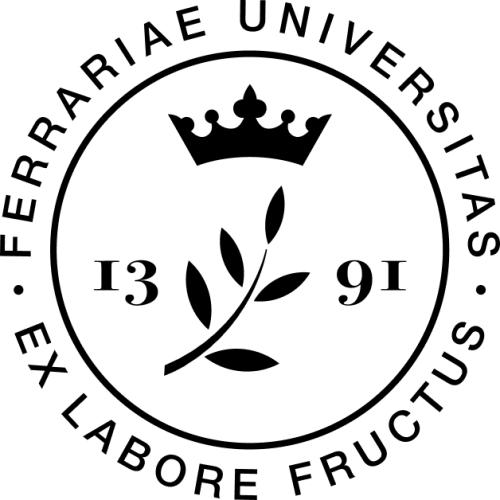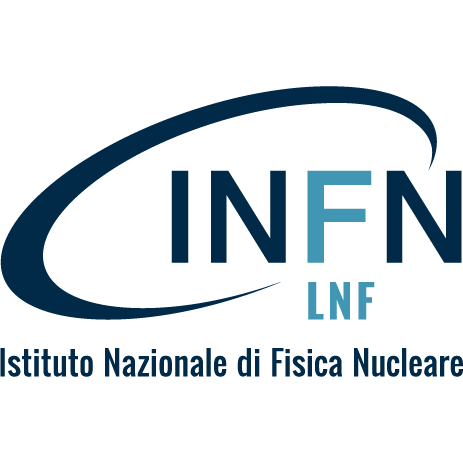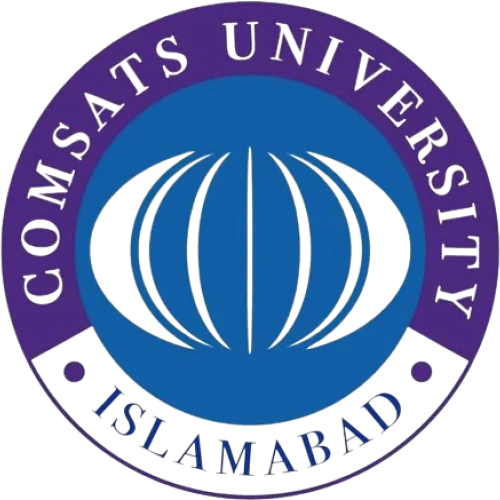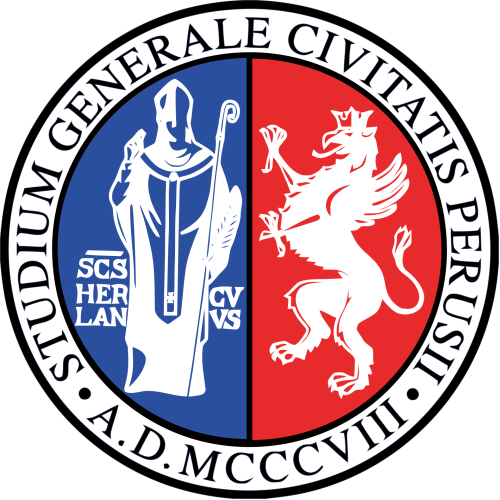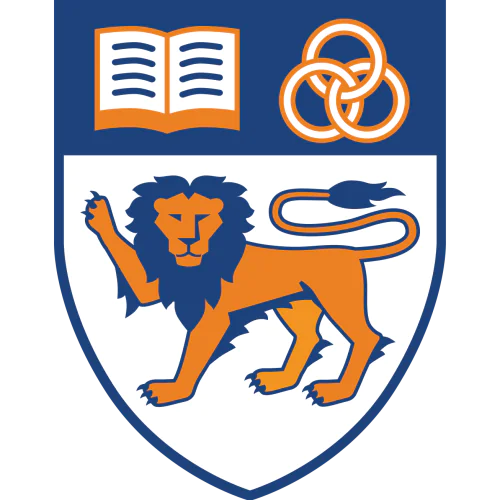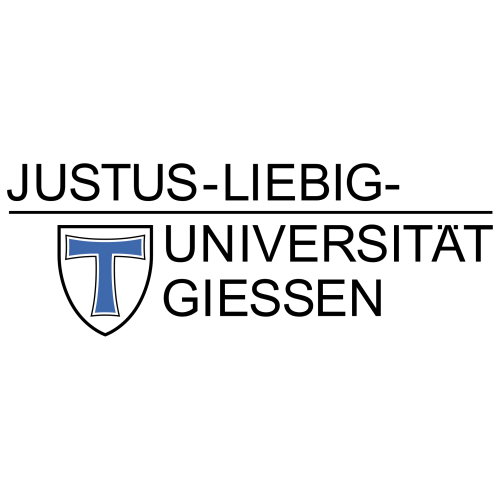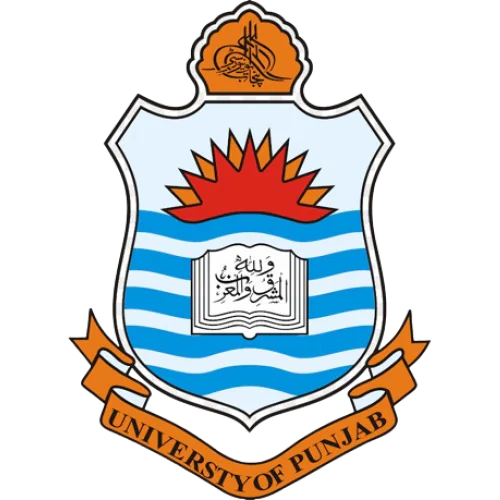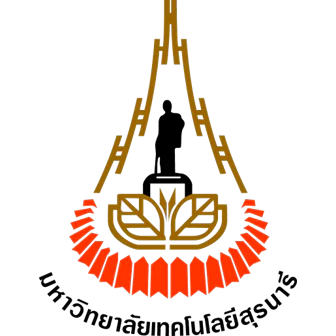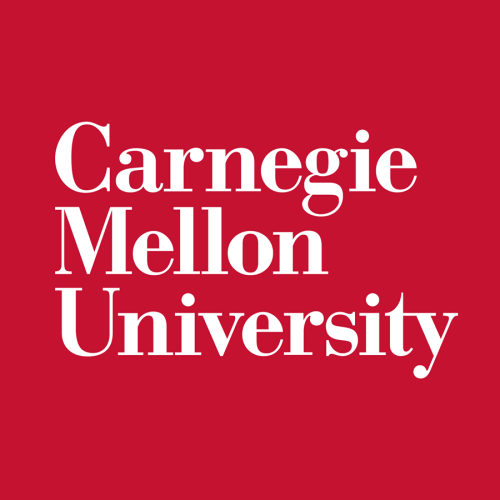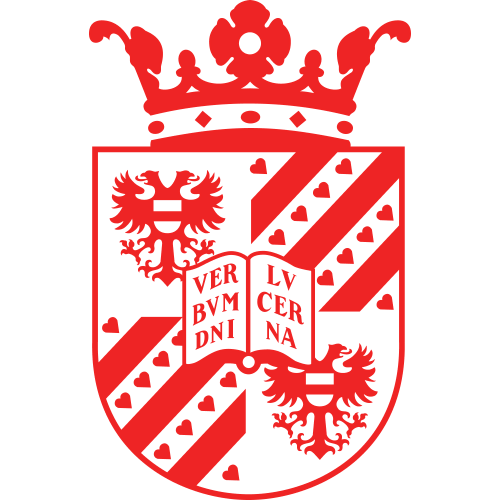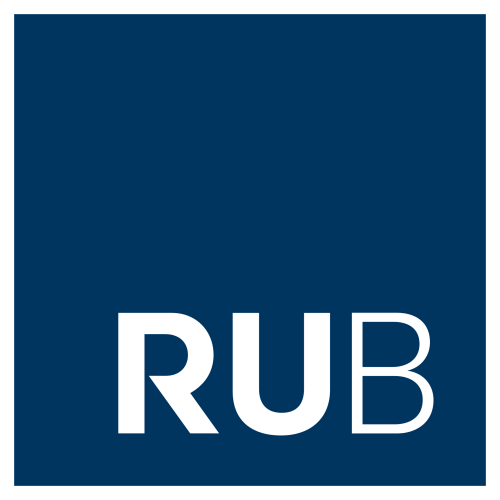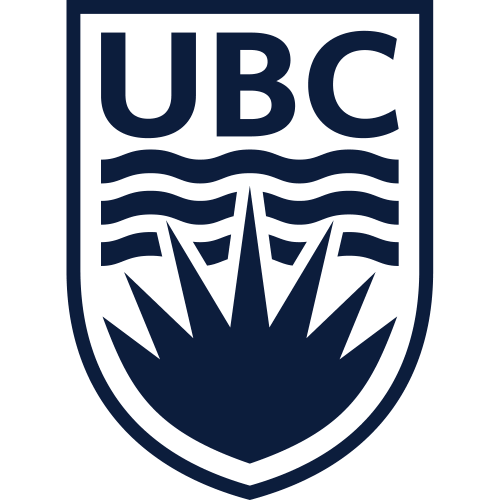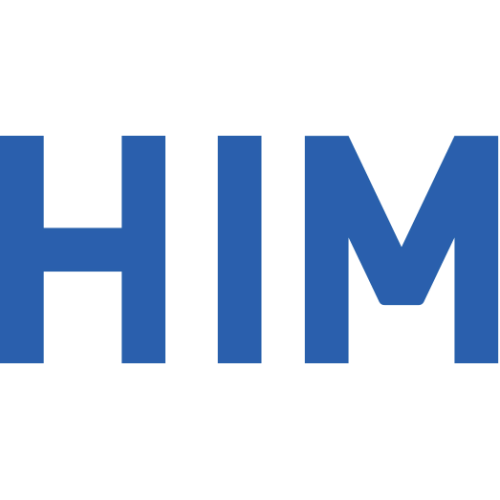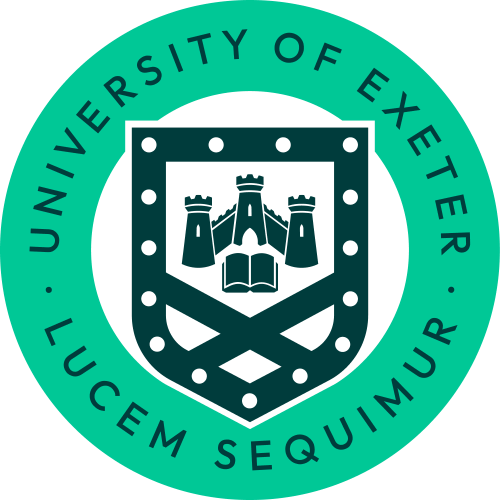Guangxi University
Are you a researcher?
Create a profile to get free access to personal recommendations for colleagues and new articles.
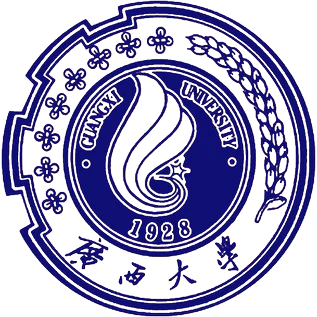
Publications
32 469
Citations
625 720
h-index
200
Top-3 journals
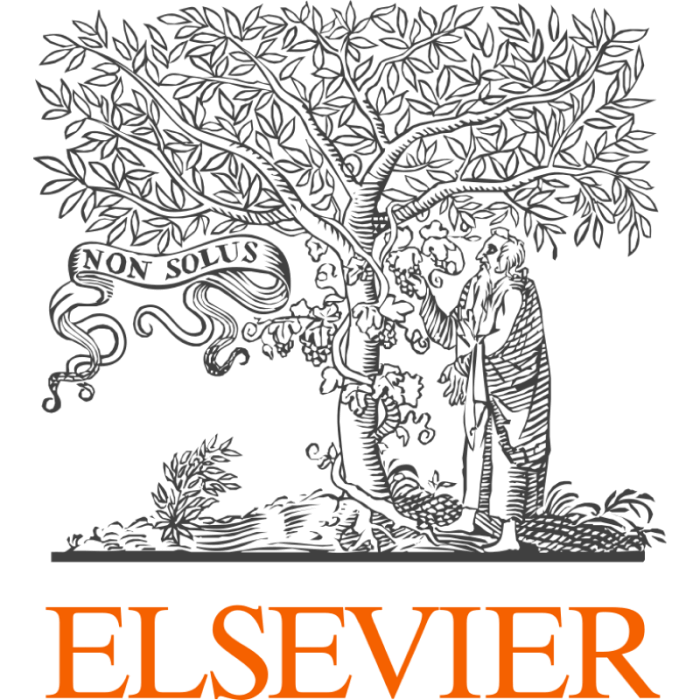
Journal of Alloys and Compounds
(422 publications)

Chemical Engineering Journal
(376 publications)

Construction and Building Materials
(317 publications)
Top-3 organizations
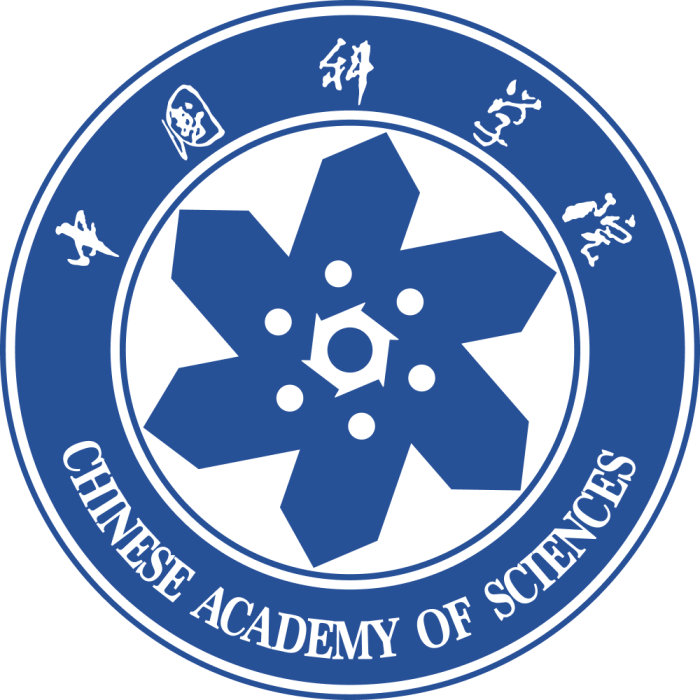
University of Chinese Academy of Sciences
(1486 publications)
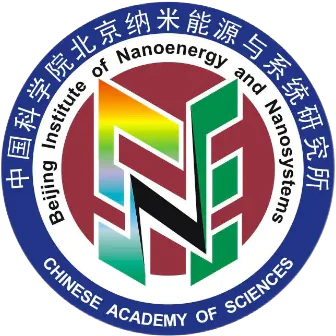
Beijing Institute of Nanoenergy and Nanosystems, Chinese Academy of Sciences
(895 publications)
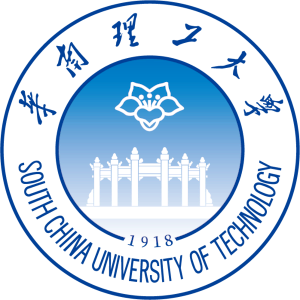
South China University of Technology
(718 publications)
Top-3 foreign organizations
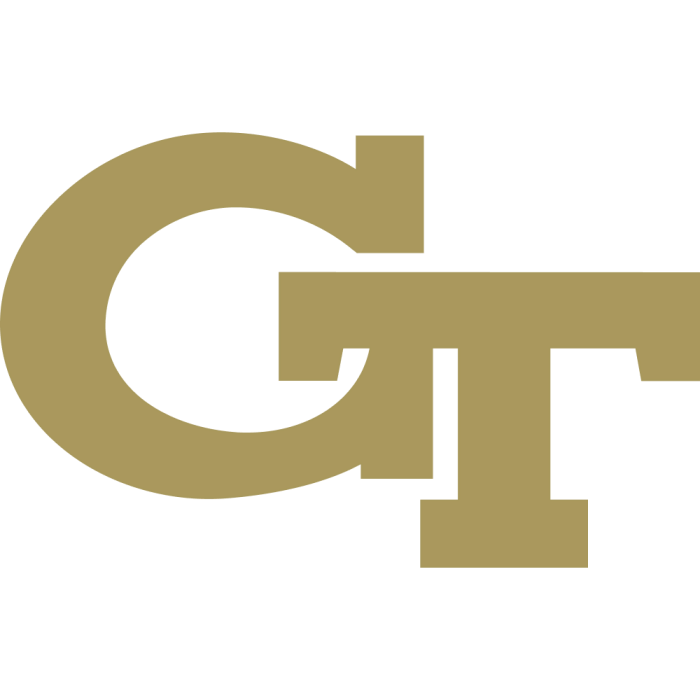
Georgia Institute of technology
(347 publications)

University of Peshawar
(160 publications)
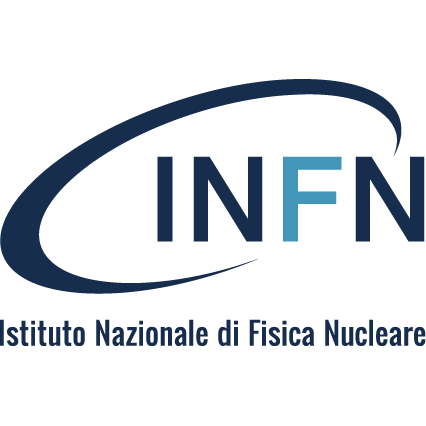
National Institute for Nuclear Physics
(155 publications)
Most cited in 5 years
Found
Nothing found, try to update filter.
Found
Nothing found, try to update filter.
Since 1984
Total publications
32469
Total citations
625720
Citations per publication
19.27
Average publications per year
755.09
Average authors per publication
8.73
h-index
200
Metrics description
h-index
A scientist has an h-index if h of his N publications are cited at least h times each, while the remaining (N - h) publications are cited no more than h times each.
Top-30
Fields of science
|
500
1000
1500
2000
2500
3000
3500
|
|
|
General Materials Science
|
General Materials Science, 3148, 9.7%
General Materials Science
3148 publications, 9.7%
|
|
General Chemistry
|
General Chemistry, 2668, 8.22%
General Chemistry
2668 publications, 8.22%
|
|
Condensed Matter Physics
|
Condensed Matter Physics, 2102, 6.47%
Condensed Matter Physics
2102 publications, 6.47%
|
|
General Medicine
|
General Medicine, 2013, 6.2%
General Medicine
2013 publications, 6.2%
|
|
Electrical and Electronic Engineering
|
Electrical and Electronic Engineering, 1955, 6.02%
Electrical and Electronic Engineering
1955 publications, 6.02%
|
|
Materials Chemistry
|
Materials Chemistry, 1757, 5.41%
Materials Chemistry
1757 publications, 5.41%
|
|
Mechanical Engineering
|
Mechanical Engineering, 1719, 5.29%
Mechanical Engineering
1719 publications, 5.29%
|
|
Mechanics of Materials
|
Mechanics of Materials, 1535, 4.73%
Mechanics of Materials
1535 publications, 4.73%
|
|
General Chemical Engineering
|
General Chemical Engineering, 1528, 4.71%
General Chemical Engineering
1528 publications, 4.71%
|
|
Renewable Energy, Sustainability and the Environment
|
Renewable Energy, Sustainability and the Environment, 1475, 4.54%
Renewable Energy, Sustainability and the Environment
1475 publications, 4.54%
|
|
Electronic, Optical and Magnetic Materials
|
Electronic, Optical and Magnetic Materials, 1193, 3.67%
Electronic, Optical and Magnetic Materials
1193 publications, 3.67%
|
|
Civil and Structural Engineering
|
Civil and Structural Engineering, 1097, 3.38%
Civil and Structural Engineering
1097 publications, 3.38%
|
|
Environmental Chemistry
|
Environmental Chemistry, 1053, 3.24%
Environmental Chemistry
1053 publications, 3.24%
|
|
Plant Science
|
Plant Science, 1049, 3.23%
Plant Science
1049 publications, 3.23%
|
|
Building and Construction
|
Building and Construction, 1040, 3.2%
Building and Construction
1040 publications, 3.2%
|
|
Agronomy and Crop Science
|
Agronomy and Crop Science, 983, 3.03%
Agronomy and Crop Science
983 publications, 3.03%
|
|
Physical and Theoretical Chemistry
|
Physical and Theoretical Chemistry, 976, 3.01%
Physical and Theoretical Chemistry
976 publications, 3.01%
|
|
Biochemistry
|
Biochemistry, 963, 2.97%
Biochemistry
963 publications, 2.97%
|
|
Industrial and Manufacturing Engineering
|
Industrial and Manufacturing Engineering, 936, 2.88%
Industrial and Manufacturing Engineering
936 publications, 2.88%
|
|
Surfaces, Coatings and Films
|
Surfaces, Coatings and Films, 906, 2.79%
Surfaces, Coatings and Films
906 publications, 2.79%
|
|
General Engineering
|
General Engineering, 904, 2.78%
General Engineering
904 publications, 2.78%
|
|
Pollution
|
Pollution, 883, 2.72%
Pollution
883 publications, 2.72%
|
|
Computer Science Applications
|
Computer Science Applications, 868, 2.67%
Computer Science Applications
868 publications, 2.67%
|
|
Metals and Alloys
|
Metals and Alloys, 852, 2.62%
Metals and Alloys
852 publications, 2.62%
|
|
Molecular Biology
|
Molecular Biology, 846, 2.61%
Molecular Biology
846 publications, 2.61%
|
|
Applied Mathematics
|
Applied Mathematics, 846, 2.61%
Applied Mathematics
846 publications, 2.61%
|
|
Energy Engineering and Power Technology
|
Energy Engineering and Power Technology, 832, 2.56%
Energy Engineering and Power Technology
832 publications, 2.56%
|
|
General Physics and Astronomy
|
General Physics and Astronomy, 830, 2.56%
General Physics and Astronomy
830 publications, 2.56%
|
|
Organic Chemistry
|
Organic Chemistry, 820, 2.53%
Organic Chemistry
820 publications, 2.53%
|
|
Environmental Engineering
|
Environmental Engineering, 726, 2.24%
Environmental Engineering
726 publications, 2.24%
|
|
500
1000
1500
2000
2500
3000
3500
|
Journals
|
50
100
150
200
250
300
350
400
450
|
|
|
Journal of Alloys and Compounds
422 publications, 1.3%
|
|
|
Chemical Engineering Journal
376 publications, 1.16%
|
|
|
Construction and Building Materials
317 publications, 0.98%
|
|
|
International Journal of Biological Macromolecules
254 publications, 0.78%
|
|
|
Advanced Functional Materials
245 publications, 0.75%
|
|
|
International Journal of Molecular Sciences
217 publications, 0.67%
|
|
|
ACS applied materials & interfaces
215 publications, 0.66%
|
|
|
Ceramics International
205 publications, 0.63%
|
|
|
Nano Energy
205 publications, 0.63%
|
|
|
Applied Sciences (Switzerland)
203 publications, 0.63%
|
|
|
Scientific Reports
201 publications, 0.62%
|
|
|
IEEE Access
193 publications, 0.59%
|
|
|
Industrial Crops and Products
192 publications, 0.59%
|
|
|
Astrophysical Journal
187 publications, 0.58%
|
|
|
Sustainability
183 publications, 0.56%
|
|
|
Separation and Purification Technology
183 publications, 0.56%
|
|
|
Applied Surface Science
182 publications, 0.56%
|
|
|
RSC Advances
181 publications, 0.56%
|
|
|
Materials
177 publications, 0.55%
|
|
|
Journal of Cleaner Production
174 publications, 0.54%
|
|
|
Journal of Colloid and Interface Science
157 publications, 0.48%
|
|
|
Journal of Hazardous Materials
154 publications, 0.47%
|
|
|
Lecture Notes in Computer Science
153 publications, 0.47%
|
|
|
Science of the Total Environment
145 publications, 0.45%
|
|
|
Frontiers in Microbiology
145 publications, 0.45%
|
|
|
Journal of Materials Chemistry A
143 publications, 0.44%
|
|
|
Frontiers in Plant Science
139 publications, 0.43%
|
|
|
Small
135 publications, 0.42%
|
|
|
Energies
135 publications, 0.42%
|
|
|
Carbohydrate Polymers
133 publications, 0.41%
|
|
|
50
100
150
200
250
300
350
400
450
|
Publishers
|
2000
4000
6000
8000
10000
12000
14000
|
|
|
Elsevier
12358 publications, 38.06%
|
|
|
Springer Nature
4687 publications, 14.44%
|
|
|
MDPI
3029 publications, 9.33%
|
|
|
Wiley
2566 publications, 7.9%
|
|
|
American Chemical Society (ACS)
1366 publications, 4.21%
|
|
|
Royal Society of Chemistry (RSC)
1020 publications, 3.14%
|
|
|
Institute of Electrical and Electronics Engineers (IEEE)
919 publications, 2.83%
|
|
|
Taylor & Francis
789 publications, 2.43%
|
|
|
Frontiers Media S.A.
695 publications, 2.14%
|
|
|
IOP Publishing
599 publications, 1.84%
|
|
|
Oxford University Press
375 publications, 1.15%
|
|
|
Hindawi Limited
363 publications, 1.12%
|
|
|
SAGE
270 publications, 0.83%
|
|
|
American Astronomical Society
233 publications, 0.72%
|
|
|
World Scientific
203 publications, 0.63%
|
|
|
AIP Publishing
170 publications, 0.52%
|
|
|
American Society of Civil Engineers (ASCE)
148 publications, 0.46%
|
|
|
Public Library of Science (PLoS)
146 publications, 0.45%
|
|
|
Walter de Gruyter
135 publications, 0.42%
|
|
|
American Physical Society (APS)
134 publications, 0.41%
|
|
|
Scientific Societies
110 publications, 0.34%
|
|
|
Institution of Engineering and Technology (IET)
95 publications, 0.29%
|
|
|
American Society for Microbiology
95 publications, 0.29%
|
|
|
Cambridge University Press
87 publications, 0.27%
|
|
|
EDP Sciences
87 publications, 0.27%
|
|
|
SPIE-Intl Soc Optical Eng
83 publications, 0.26%
|
|
|
Emerald
79 publications, 0.24%
|
|
|
Trans Tech Publications
67 publications, 0.21%
|
|
|
International Union of Crystallography (IUCr)
67 publications, 0.21%
|
|
|
Mary Ann Liebert
56 publications, 0.17%
|
|
|
2000
4000
6000
8000
10000
12000
14000
|
With other organizations
|
200
400
600
800
1000
1200
1400
1600
|
|
|
University of Chinese Academy of Sciences
1486 publications, 4.58%
|
|
|
Beijing Institute of Nanoenergy and Nanosystems, Chinese Academy of Sciences
895 publications, 2.76%
|
|
|
South China University of Technology
718 publications, 2.21%
|
|
|
Central South University
665 publications, 2.05%
|
|
|
Guangxi University for Nationalities
665 publications, 2.05%
|
|
|
Sun Yat-sen University
646 publications, 1.99%
|
|
|
Tsinghua University
559 publications, 1.72%
|
|
|
Guangxi Academy of Agricultural Science
530 publications, 1.63%
|
|
|
Zhejiang University
516 publications, 1.59%
|
|
|
Shanghai Jiao Tong University
486 publications, 1.5%
|
|
|
Guilin University of Technology
448 publications, 1.38%
|
|
|
Hunan University
435 publications, 1.34%
|
|
|
Nanjing University
397 publications, 1.22%
|
|
|
Guangxi Medical University
396 publications, 1.22%
|
|
|
Peking University
370 publications, 1.14%
|
|
|
University of Science and Technology of China
360 publications, 1.11%
|
|
|
Georgia Institute of technology
347 publications, 1.07%
|
|
|
Guangxi Normal University
342 publications, 1.05%
|
|
|
Wuhan University
335 publications, 1.03%
|
|
|
Guilin University of Electronic Technology
328 publications, 1.01%
|
|
|
Nanning Normal University
326 publications, 1%
|
|
|
Huazhong University of Science and Technology
324 publications, 1%
|
|
|
Institute of High Energy Physics, Chinese Academy of Sciences
316 publications, 0.97%
|
|
|
Xiamen University
309 publications, 0.95%
|
|
|
Shandong University
302 publications, 0.93%
|
|
|
Southeast University
292 publications, 0.9%
|
|
|
Sichuan University
283 publications, 0.87%
|
|
|
Guangxi University of Chinese Medicine
264 publications, 0.81%
|
|
|
China Agricultural University
257 publications, 0.79%
|
|
|
Tongji University
253 publications, 0.78%
|
|
|
200
400
600
800
1000
1200
1400
1600
|
With foreign organizations
|
50
100
150
200
250
300
350
|
|
|
Georgia Institute of technology
347 publications, 1.07%
|
|
|
University of Peshawar
160 publications, 0.49%
|
|
|
National Institute for Nuclear Physics
155 publications, 0.48%
|
|
|
University of Turin
148 publications, 0.46%
|
|
|
Nanyang Technological University
145 publications, 0.45%
|
|
|
University of Oxford
117 publications, 0.36%
|
|
|
Johannes Gutenberg University Mainz
109 publications, 0.34%
|
|
|
University of Manchester
108 publications, 0.33%
|
|
|
Joint Institute for Nuclear Research
105 publications, 0.32%
|
|
|
University of Florida
104 publications, 0.32%
|
|
|
Moscow Institute of Physics and Technology
103 publications, 0.32%
|
|
|
University of Ferrara
102 publications, 0.31%
|
|
|
Pennsylvania State University
102 publications, 0.31%
|
|
|
National Laboratory of Frascati
102 publications, 0.31%
|
|
|
COMSATS University Islamabad
101 publications, 0.31%
|
|
|
University of Perugia
101 publications, 0.31%
|
|
|
University of New Brunswick
101 publications, 0.31%
|
|
|
National University of Singapore
98 publications, 0.3%
|
|
|
Uppsala University
96 publications, 0.3%
|
|
|
Justus Liebig University Giessen
94 publications, 0.29%
|
|
|
University of the Punjab
93 publications, 0.29%
|
|
|
Suranaree University of Technology
93 publications, 0.29%
|
|
|
Carnegie Mellon University
92 publications, 0.28%
|
|
|
University of Groningen
92 publications, 0.28%
|
|
|
Ruhr University Bochum
91 publications, 0.28%
|
|
|
Budker Institute of Nuclear Physics of the Siberian Branch of the Russian Academy of Sciences
89 publications, 0.27%
|
|
|
University of British Columbia
89 publications, 0.27%
|
|
|
University of Eastern Piedmont Amadeo Avogadro
88 publications, 0.27%
|
|
|
Helmholtz Institute Mainz
88 publications, 0.27%
|
|
|
University of Exeter
88 publications, 0.27%
|
|
|
50
100
150
200
250
300
350
|
With other countries
|
200
400
600
800
1000
1200
1400
1600
1800
2000
|
|
|
USA
|
USA, 1994, 6.14%
USA
1994 publications, 6.14%
|
|
United Kingdom
|
United Kingdom, 598, 1.84%
United Kingdom
598 publications, 1.84%
|
|
Australia
|
Australia, 597, 1.84%
Australia
597 publications, 1.84%
|
|
Pakistan
|
Pakistan, 551, 1.7%
Pakistan
551 publications, 1.7%
|
|
Canada
|
Canada, 412, 1.27%
Canada
412 publications, 1.27%
|
|
Germany
|
Germany, 341, 1.05%
Germany
341 publications, 1.05%
|
|
Japan
|
Japan, 307, 0.95%
Japan
307 publications, 0.95%
|
|
Singapore
|
Singapore, 246, 0.76%
Singapore
246 publications, 0.76%
|
|
France
|
France, 244, 0.75%
France
244 publications, 0.75%
|
|
Italy
|
Italy, 217, 0.67%
Italy
217 publications, 0.67%
|
|
India
|
India, 212, 0.65%
India
212 publications, 0.65%
|
|
Russia
|
Russia, 207, 0.64%
Russia
207 publications, 0.64%
|
|
Republic of Korea
|
Republic of Korea, 207, 0.64%
Republic of Korea
207 publications, 0.64%
|
|
Netherlands
|
Netherlands, 176, 0.54%
Netherlands
176 publications, 0.54%
|
|
Sweden
|
Sweden, 176, 0.54%
Sweden
176 publications, 0.54%
|
|
Saudi Arabia
|
Saudi Arabia, 174, 0.54%
Saudi Arabia
174 publications, 0.54%
|
|
Malaysia
|
Malaysia, 162, 0.5%
Malaysia
162 publications, 0.5%
|
|
Thailand
|
Thailand, 117, 0.36%
Thailand
117 publications, 0.36%
|
|
Spain
|
Spain, 114, 0.35%
Spain
114 publications, 0.35%
|
|
Poland
|
Poland, 113, 0.35%
Poland
113 publications, 0.35%
|
|
Turkey
|
Turkey, 106, 0.33%
Turkey
106 publications, 0.33%
|
|
Switzerland
|
Switzerland, 103, 0.32%
Switzerland
103 publications, 0.32%
|
|
Egypt
|
Egypt, 99, 0.3%
Egypt
99 publications, 0.3%
|
|
Finland
|
Finland, 85, 0.26%
Finland
85 publications, 0.26%
|
|
Czech Republic
|
Czech Republic, 75, 0.23%
Czech Republic
75 publications, 0.23%
|
|
Chile
|
Chile, 68, 0.21%
Chile
68 publications, 0.21%
|
|
Sri Lanka
|
Sri Lanka, 65, 0.2%
Sri Lanka
65 publications, 0.2%
|
|
Denmark
|
Denmark, 64, 0.2%
Denmark
64 publications, 0.2%
|
|
Portugal
|
Portugal, 63, 0.19%
Portugal
63 publications, 0.19%
|
|
200
400
600
800
1000
1200
1400
1600
1800
2000
|
- We do not take into account publications without a DOI.
- Statistics recalculated daily.
- Publications published earlier than 1984 are ignored in the statistics.
- The horizontal charts show the 30 top positions.
- Journals quartiles values are relevant at the moment.





